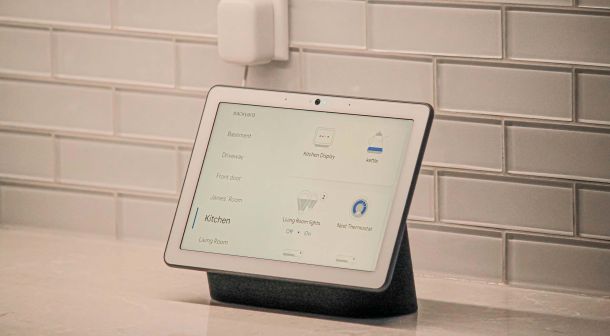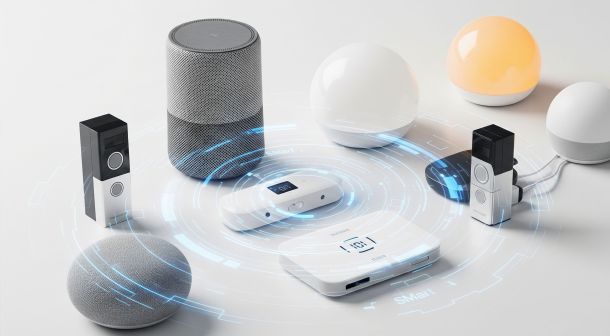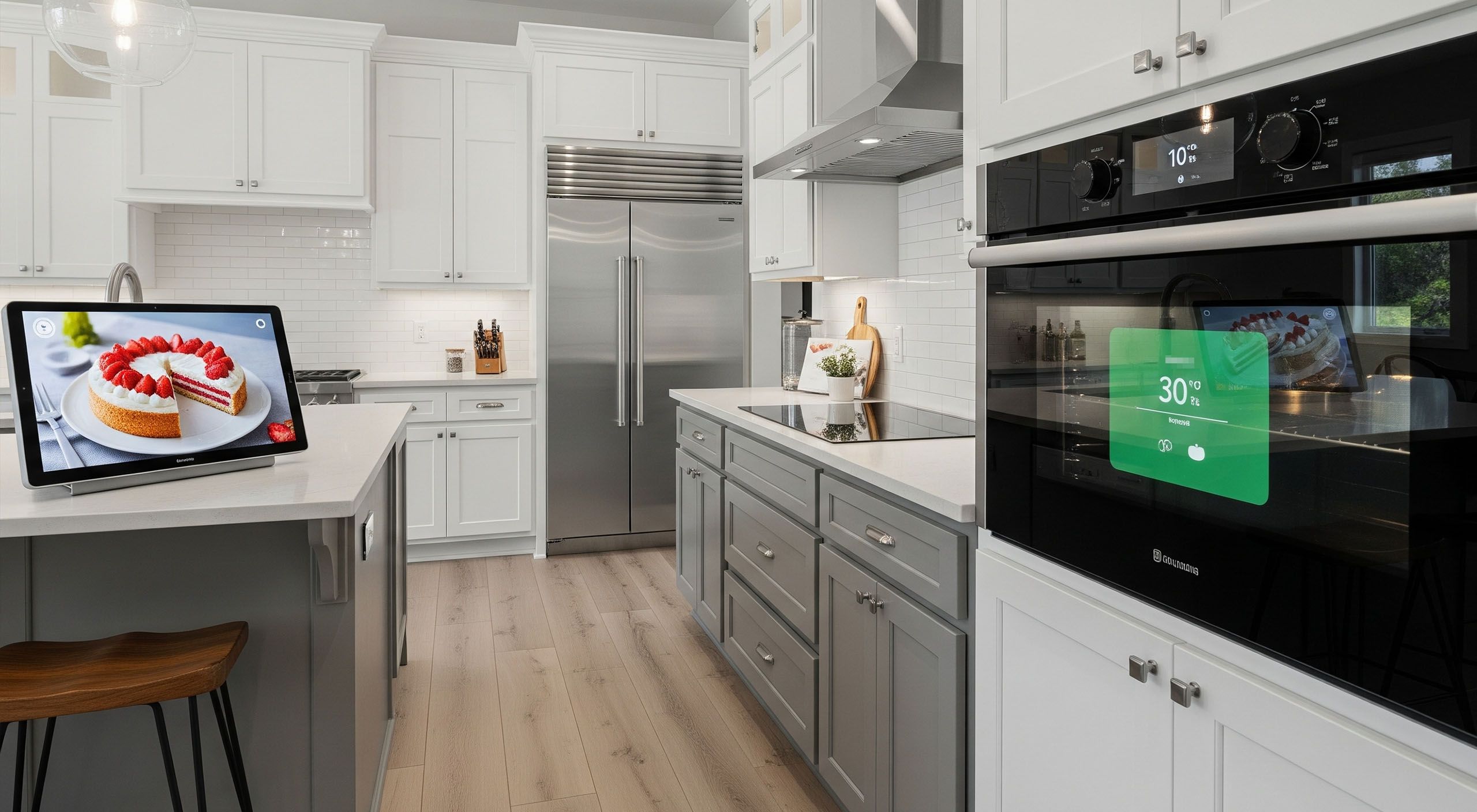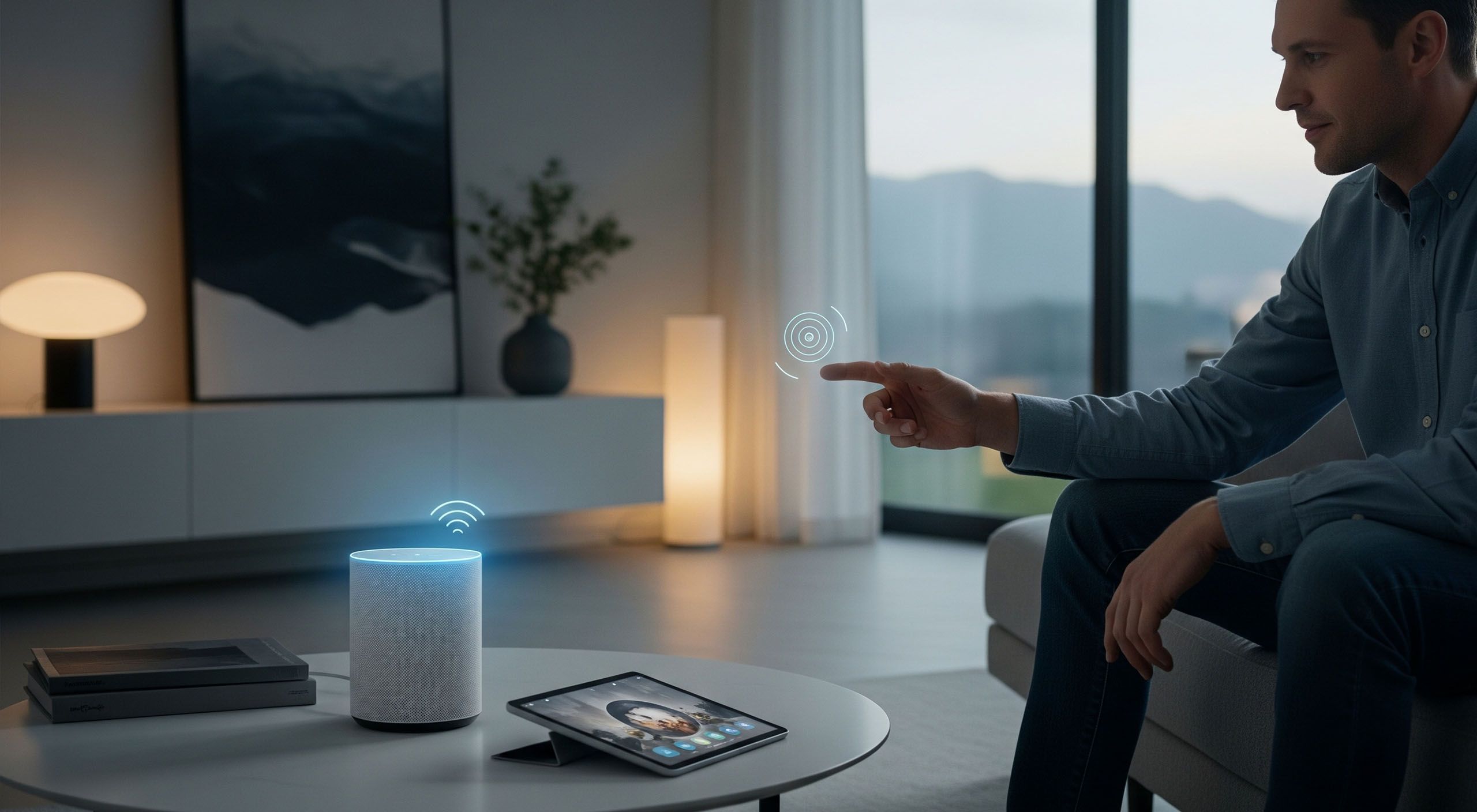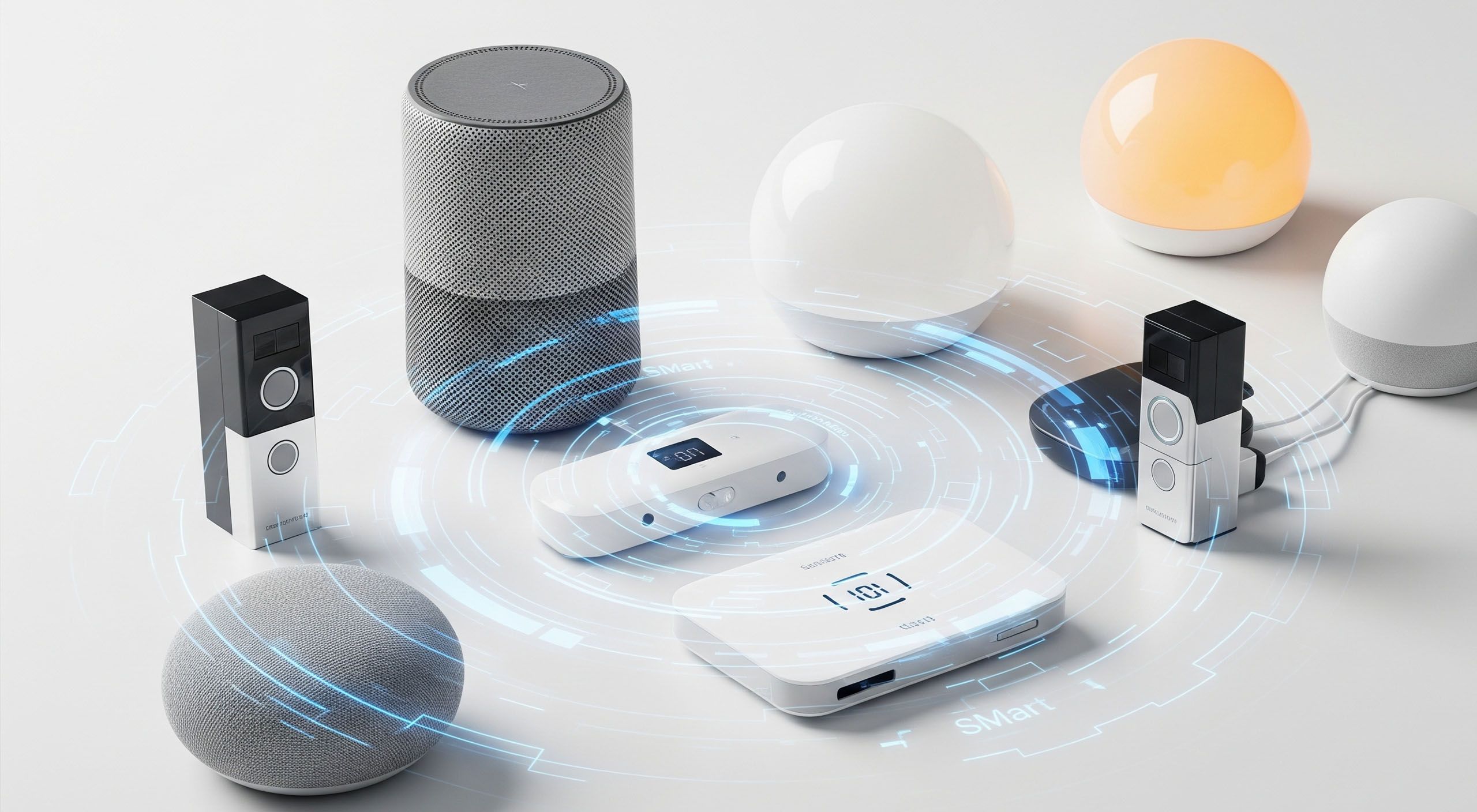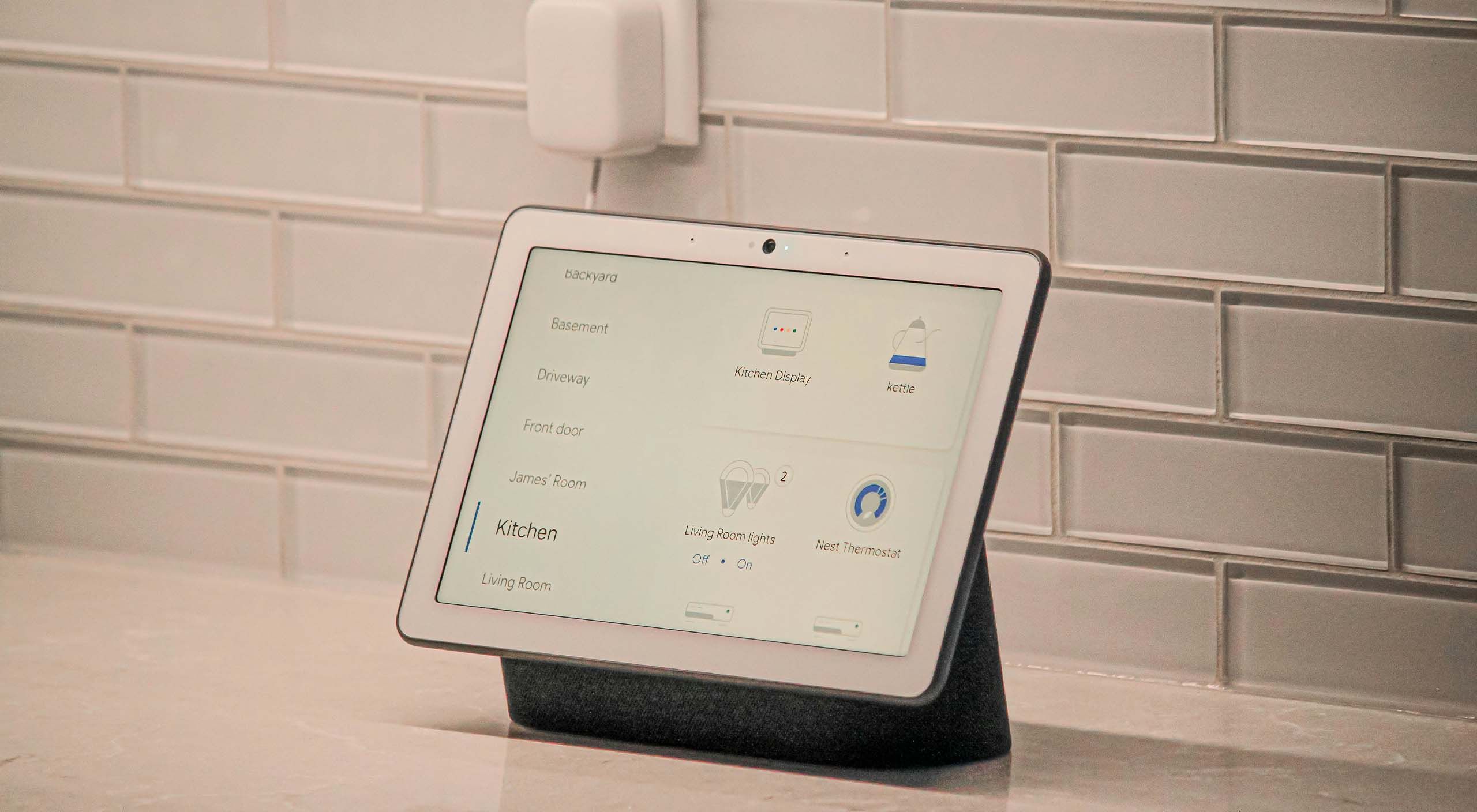Home Security in the Age of IoT: Smarter and Safer?
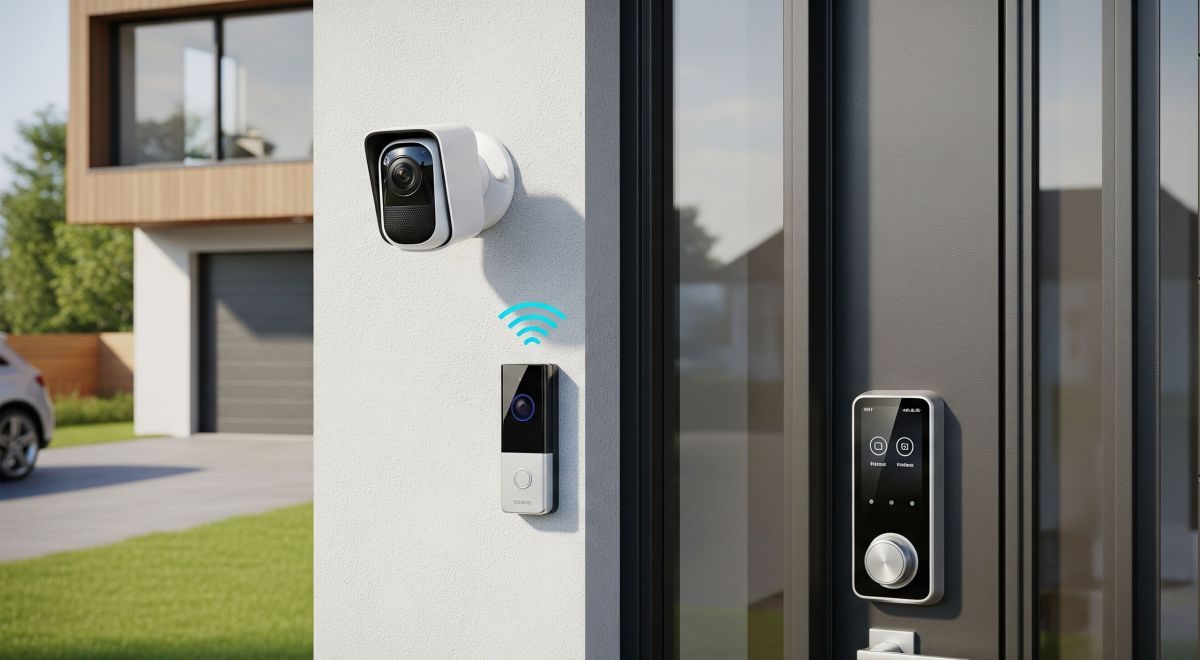
The Internet of Things (IoT) has reshaped countless aspects of daily life, and home security is no exception. From smart cameras that stream live footage to your phone to sensors that detect motion, glass breaks, or environmental changes, IoT-powered devices promise enhanced protection and convenience. But are these systems truly smarter and safer? This article explores the evolution of home security in the IoT era, analyzing the technology, benefits, challenges, and top solutions available today.
The Rise of IoT in Home Security
IoT refers to the network of interconnected devices that communicate via the internet, enabling real-time data sharing and automation. In home security, IoT connects cameras, doorbells, locks, sensors, and alarms into a cohesive system, often controlled through a single app. This integration allows homeowners to monitor and manage their security remotely, a significant leap from traditional alarm systems.
The global smart home security market is projected to grow significantly, driven by rising consumer demand for convenience and safety. According to industry reports, the market was valued at approximately $2.5 billion in 2023 and is expected to reach $5.8 billion by 2030, fueled by advancements in IoT technology and increasing adoption of smart home devices.
Key Components of IoT-Powered Home Security
1. Smart Cameras
Smart cameras are the cornerstone of modern home security. Equipped with features like high-definition video, night vision, motion detection, and two-way audio, these devices provide real-time surveillance. Brands like Ring, Arlo, and Google Nest offer cameras that integrate with smartphones and voice assistants like Amazon Alexa or Google Assistant.
-
Features: Facial recognition, cloud storage, and AI-driven alerts that distinguish between people, pets, and objects.
-
Benefits: Remote monitoring, easy installation, and compatibility with other smart devices.
-
Example: The Arlo Pro 5S 2K offers 2K resolution, a 160-degree field of view, and color night vision, making it a top choice for comprehensive coverage.
2. Smart Doorbells
Video doorbells, such as the Ring Video Doorbell Pro 2 or Eufy Security Video Doorbell, combine cameras with intercom systems. They allow homeowners to see and speak to visitors remotely, even when away from home.
-
Features: Motion-activated alerts, package detection, and integration with smart locks for seamless access control.
-
Benefits: Deters porch pirates and enhances front-door security.
-
Example: Ring’s Video Doorbell 4 features pre-roll video, capturing footage before motion is detected, ensuring no moment is missed.
3. Smart Sensors
Sensors detect environmental changes, such as motion, door/window openings, or glass breaking. IoT-enabled sensors, like those from SimpliSafe or Wyze, send instant alerts to your phone.
-
Features: Temperature, humidity, and smoke detection, with some models offering AI to reduce false alarms.
-
Benefits: Early detection of intrusions or hazards like fires or floods.
-
Example: SimpliSafe’s entry sensors are compact, easy to install, and integrate with a broader security ecosystem.
4. Smart Locks
Smart locks, such as August Smart Lock or Yale Assure Lock 2, allow keyless entry and remote access control. They use Wi-Fi or Bluetooth to connect with apps or voice assistants.
-
Features: Temporary access codes, auto-locking, and integration with smart doorbells.
-
Benefits: Enhanced convenience and security for homeowners and renters.
-
Example: The August Wi-Fi Smart Lock fits over existing deadbolts, making it ideal for renters seeking a non-invasive solution.
5. Integrated Security Systems
Comprehensive systems like Vivint or ADT combine cameras, sensors, locks, and alarms into a single platform. These systems often include professional monitoring for added peace of mind.
-
Features: 24/7 monitoring, smart home integration, and customizable alerts.
-
Benefits: Centralized control and professional support for emergencies.
-
Example: Vivint’s system offers seamless integration with smart thermostats, lights, and security devices, creating a fully automated home.
Benefits of IoT Home Security Systems
-
Remote Access and Control: Monitor your home from anywhere using a smartphone app, ensuring peace of mind while traveling.
-
Real-Time Alerts: Receive instant notifications for suspicious activity, such as motion detection or a door opening.
-
Automation: IoT systems can automate tasks, like locking doors or turning on lights when motion is detected, enhancing security and energy efficiency.
-
Scalability: Easily add new devices, such as extra cameras or sensors, to expand your system as needed.
-
Cost Savings: Many IoT systems are DIY, eliminating the need for costly professional installation or long-term contracts.
Challenges and Risks
While IoT security systems offer significant advantages, they also come with challenges:
-
Cybersecurity Threats: IoT devices are vulnerable to hacking if not properly secured. Weak passwords or outdated firmware can expose systems to breaches.
-
Privacy Concerns: Cameras and microphones in smart devices raise concerns about data collection and potential misuse by manufacturers or third parties.
-
Reliability: Dependence on internet connectivity means systems may fail during outages, leaving homes vulnerable.
-
Cost: High-end systems and subscriptions for cloud storage or professional monitoring can be expensive.
-
Compatibility Issues: Not all devices work seamlessly across different platforms, requiring careful selection to ensure integration.
To mitigate these risks, homeowners should use strong passwords, enable two-factor authentication, regularly update firmware, and choose reputable brands with robust privacy policies.
Top IoT Security Solutions in 2025
-
Ring Home Security System: Known for its video doorbells and cameras, Ring offers affordable, user-friendly solutions with Alexa integration.
-
Arlo Ultra 2: A premium choice with 4K video, advanced AI, and wire-free installation for flexibility.
-
SimpliSafe: Ideal for DIY enthusiasts, SimpliSafe provides customizable systems with optional professional monitoring.
-
Google Nest Secure: Combines sleek design with Google Assistant integration, offering cameras, doorbells, and sensors.
-
Eufy Security: A budget-friendly option with local storage to minimize privacy concerns and no subscription fees.
The Future of IoT Home Security
Advancements in AI and machine learning are set to further enhance IoT security systems. Future innovations may include:
-
Predictive Analytics: AI could predict potential threats based on patterns, such as frequent motion at odd hours.
-
Enhanced Integration: Deeper compatibility with smart home ecosystems, allowing seamless control of security, lighting, and HVAC systems.
-
Energy-Efficient Devices: Solar-powered cameras and sensors to reduce environmental impact.
-
Biometric Security: Facial recognition or voice authentication for more secure access control.
Thoughts
IoT-powered home security systems have transformed how we protect our homes, offering unprecedented convenience, real-time monitoring, and automation. While smart cameras, sensors, and locks provide robust protection, challenges like cybersecurity and privacy concerns require careful consideration. By choosing reliable devices, securing connections, and staying informed about advancements, homeowners can leverage IoT to create safer, smarter homes. As technology continues to evolve, the future of home security looks promising, blending innovation with peace of mind.



